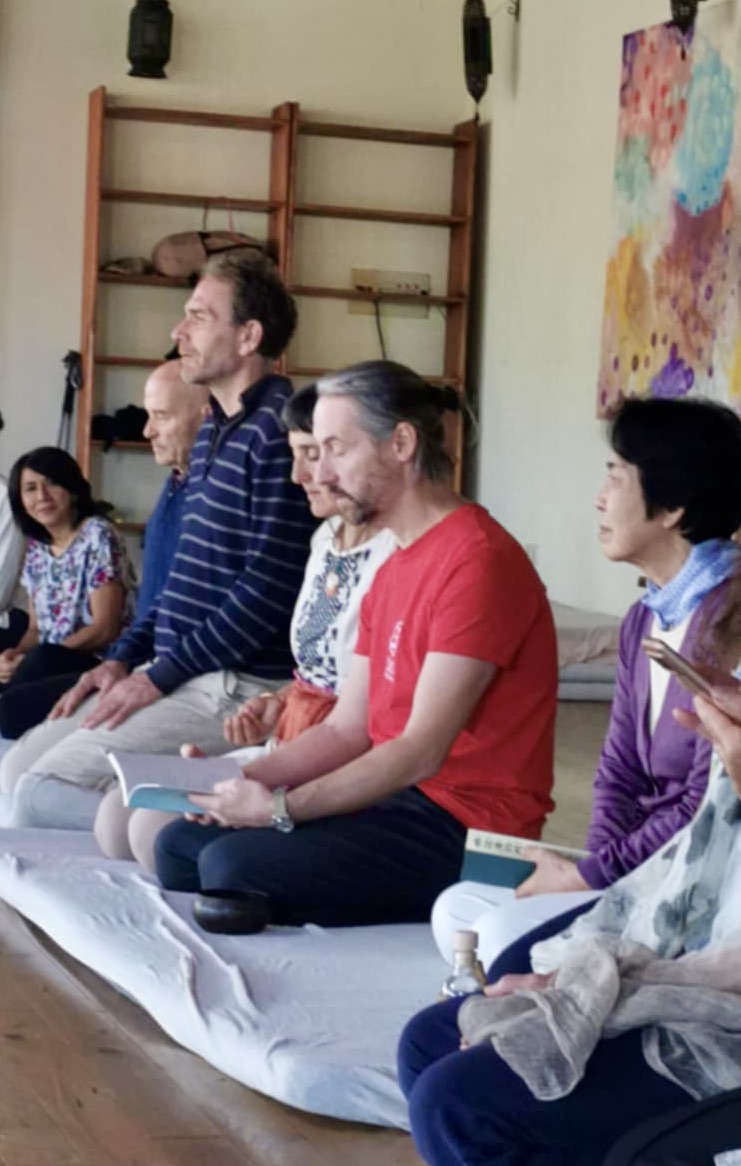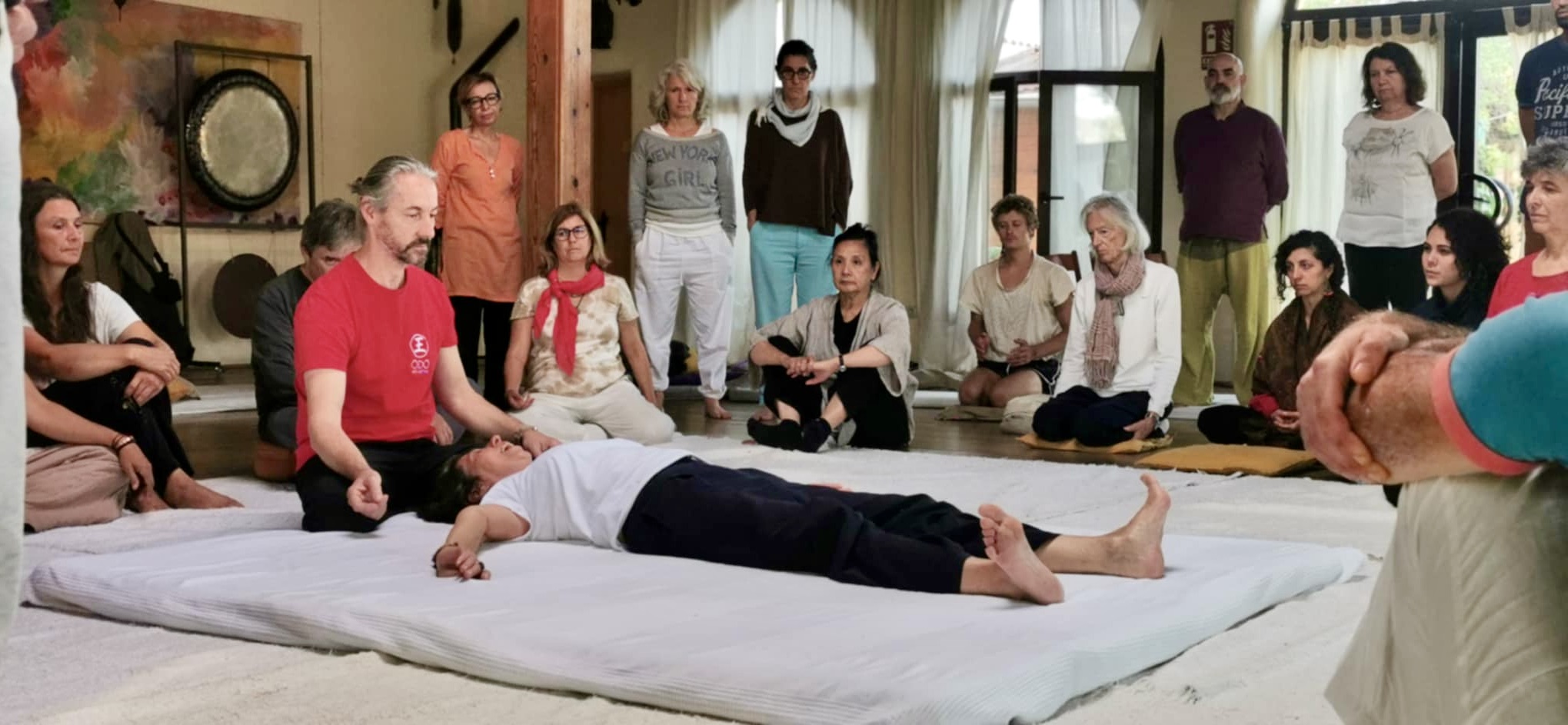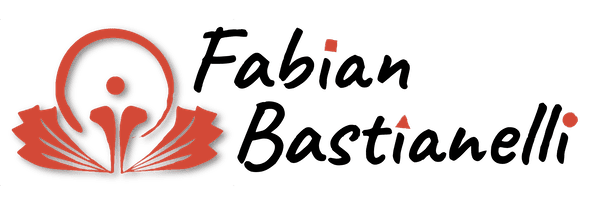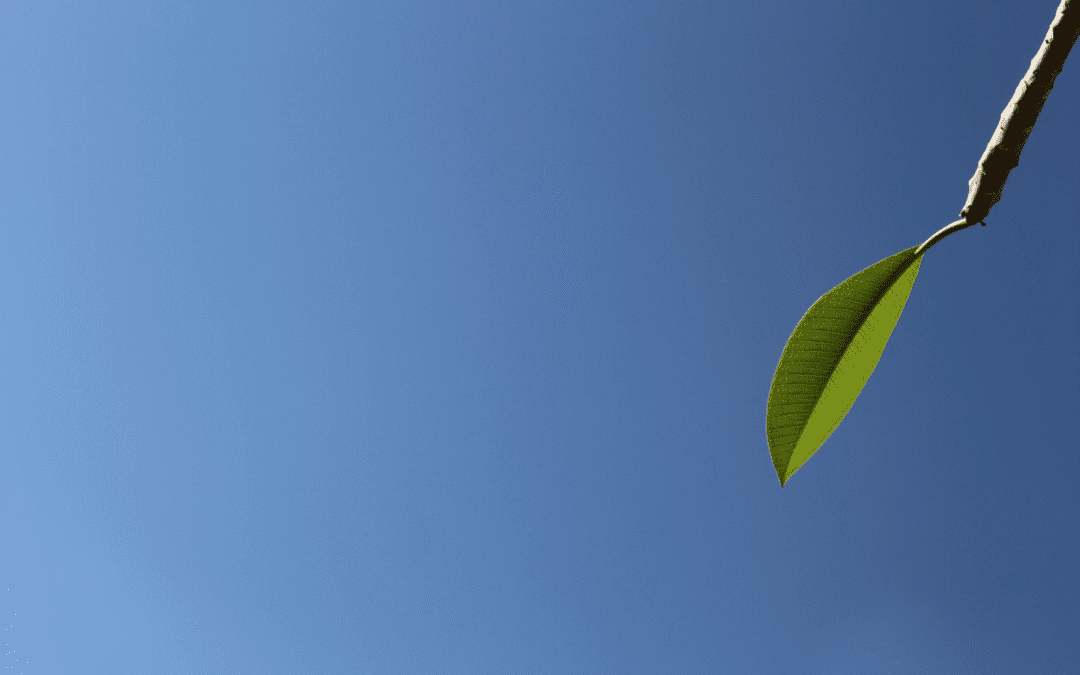Emptiness in our practices
I am writing down here the thoughts that came to me during the Seiki Gathering 2025.
A spontaneous presentation whose central theme is the Heart Sutra, emptiness and independence.
By these words, I will try to find the same spirit…
In Japan, two official “religions” coexist: Shintoism and Buddhism.
I put the word “religion” in quotation marks because it’s not about a single, omnipotent god, but rather about feeling, about glimpsing the mystery of Life that transcends us. Thus, I understand the word “religion” according to its etymology: the notion of connection, of being linked.
This notion of connection is very important in Japanese thought.
On the one hand, Shintoism highlights the connection we can have with Nature. We speak of nature spirits, the kami. They have sacred forests, sacred caves, lakes, rivers, and sacred mountains, the most famous of which is undoubtedly Mount Fuji.
On the other hand, Buddhism emphasizes the bonds that unite us to all living beings, through interdependance and impermanence.
The Heart Sutra
In Japan, this Buddhist text, the Hannya Shingyo, is very well-known.
In Sanskrit, this sutra is called the Prajna Paramita Sutra. It can be translated in various ways: the Heart Sutra of Great Wisdom, the Heart Sutra of Perfect Understanding, or the Sutra of Wisdom That Leads Us to the Other Shore.
Here, as you will have understood, the idea of the heart is not the organ we have and its connection to emotions, but rather the center of the center.
This sutra, brief, concise, and direct, recounts the discussion between the Buddha and his disciple Shariputra.
In one part, it says:

“Listen, Shariputra,
This body itself is emptiness,
And emptiness itself is this body.
This body is nothing other than emptiness,
And emptiness is no other than the body.
The same is true with sensations, perceptions, thoughts, and consciousness.
Listen, Shariputra,
All phenomena bear the mark of emptiness:
Their true nature is the nature of
No birth no death,
No being no non-being,
No defilement no purity,
No increase no decrease.
Therefore, in this emptiness,
The body, sensations, perceptions,
Thoughts, and consciousness are not separate from their own existence.” *
* ( translation by Thich Nhat Hanh)

Empty, but empty of what?
Take a glass of water; it’s full of water.
If you drink it, we’ll say it’s empty.
Yes, it’s empty of water, but it’s full of air, perhaps full of light if it’s in the sun.
It’s only empty in relation to its previous state of being “full of water.”
Let’s take another example: the words you’re reading now resonate like a voice in your head; perhaps there are also thoughts.
But if you stop reading for 10 seconds…
The emptiness, the silence, fills up.
You hear the life around you.
The silence, the emptiness, becomes full of life.
In our practice, emptiness is also the listening to silence.
A state of non-thinking that makes space for what is, here and now.
Not Separate from Existence Itself
The words you are reading were written in a specific environment, with my own state of emotions and perceptions.
You are reading them with your own state of being, your personal experiences, your emotions, your perceptions, your thoughts.
Each of us is unique, but we must acknowledge that we cannot be disconnected: our food comes from the earth, cultivated by other people. The same goes for our clothes and our means of transportation.
All our actions, all our needs are connected to others—humans, animals, plants, minerals, insects, bacteria, etc.—to all the life that surrounds us.
We move through it like a miniature Tower of Babel, influencing each other.
During a healing session, it’s the same. My hand rests on a person. It’s not just a body I’m touching; it’s a universe with its perceptions, its experiences, its sensations.
And I am there with my own inner universe.
We are two, becoming one.

In the practice
When I give a treatment, there is a time for conversation, sometimes short, sometimes longer.
It all depends on the person, their state of mind, their emotional state.
But when I sit beside a person who is lying down, my mind becomes silent to allow the music of the recipient’s body to be heard. I don’t let my mind wander; space is given to sensations, to the resonance between two beings.
For the recipient, this state of mind is the same: to surrender unconditionally to what their body is saying, what it wants to express.
The mind surrenders to the body.
The body knows.
photos by Paul-Marie Plaideau


Fabian,
I told you that I hardly heard you when you spoke of the Heart Sutra, yet was deeply moved, overcome.
I don’t think I need bring the initial misprint to your attention:
inTERdependence.
Brief retreat now in Extremadura — arrived last night.
I mentioned a treatment given by Onoda sensei. Before beginning, he said the same thing as you about Buddhism and Shinto in Japan — interdependent.
I must have known this when I first came to Japan, on mission, in 1973. After work finished, I — who at the time had no religion — desired to stay in a Zen monastery and to visit Shinto shrines along the Kumano Way.
Travel arrangements did not, however, permit a longer stay in Japan. I left the country unwillingly, while saying to myself that next time I came I must have a Japanese friend to guide me. One deeply versed in the country’s traditions.
When I met Kishi some twelve years later, I told him of my desire to visit the Kumano shrines. Kishi approved, but said he’d show me somewhere even better.
And so, to Naigu.
*
Fabian, I want to meet you soon. (I know Tanya feels the same way.) In Belgium. In Nice. Wherever.
Fabian,
Thank you for your beautiful essay.
By now at this point in my life I know the heart sutra by heart.
Your words are gentle and well chosen. And realise that learning is freedom where the learned is our bondage.
Thank you